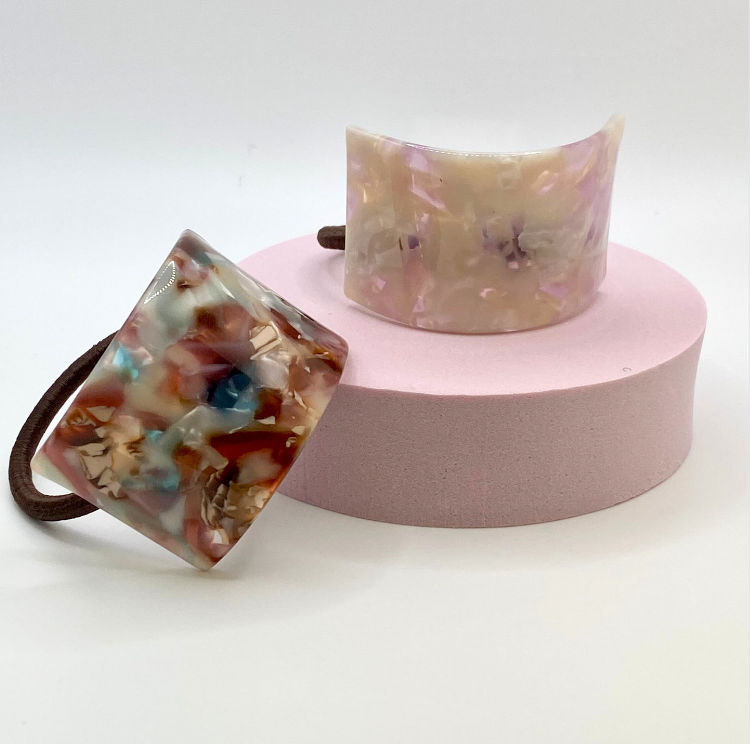
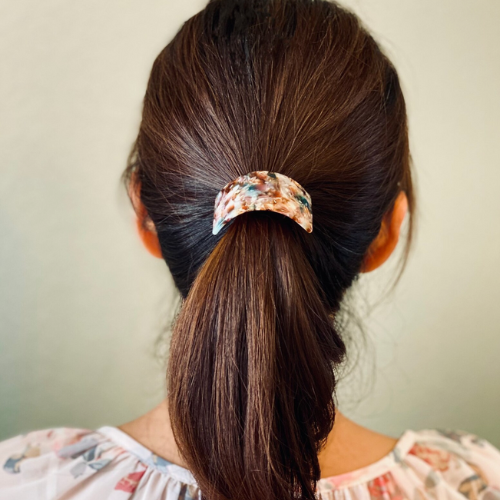
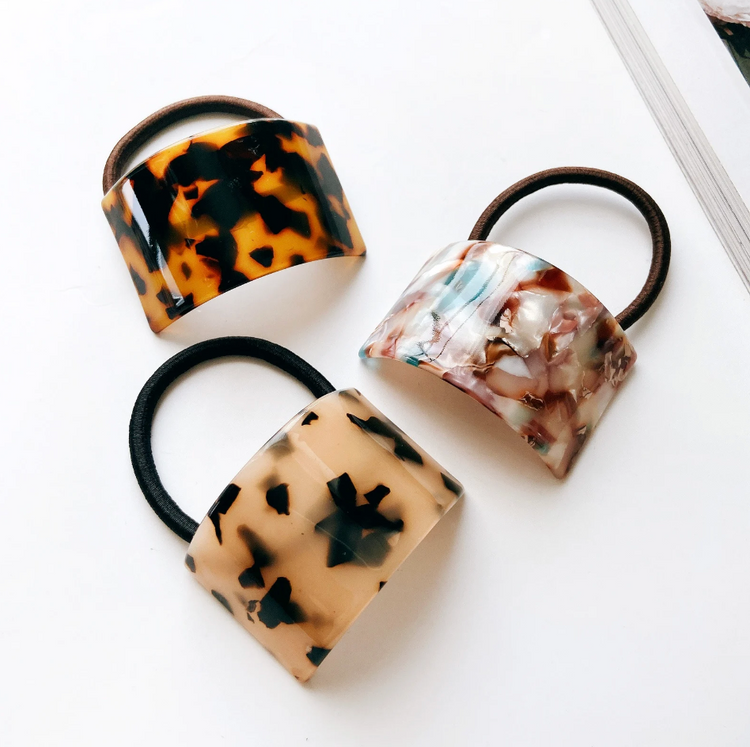
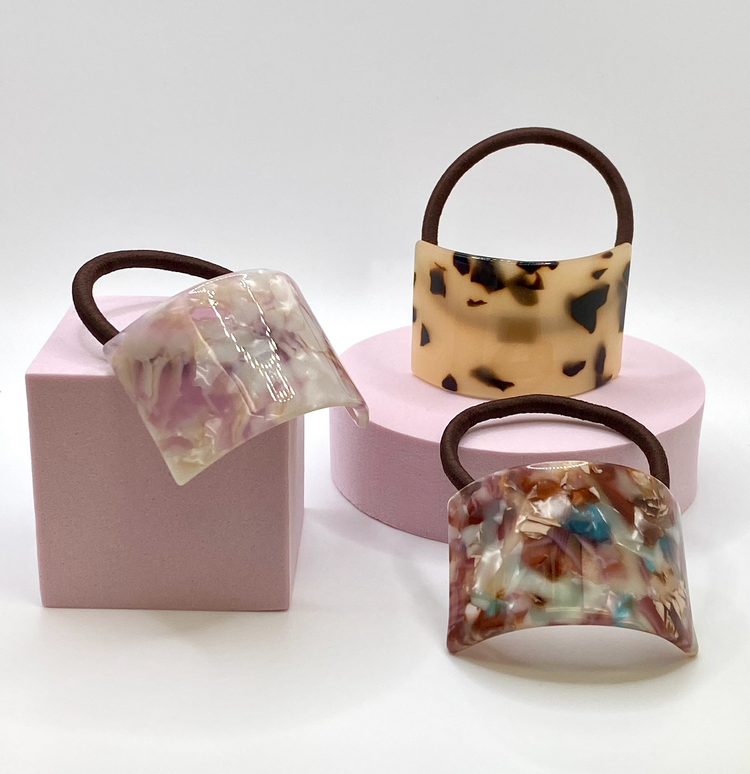
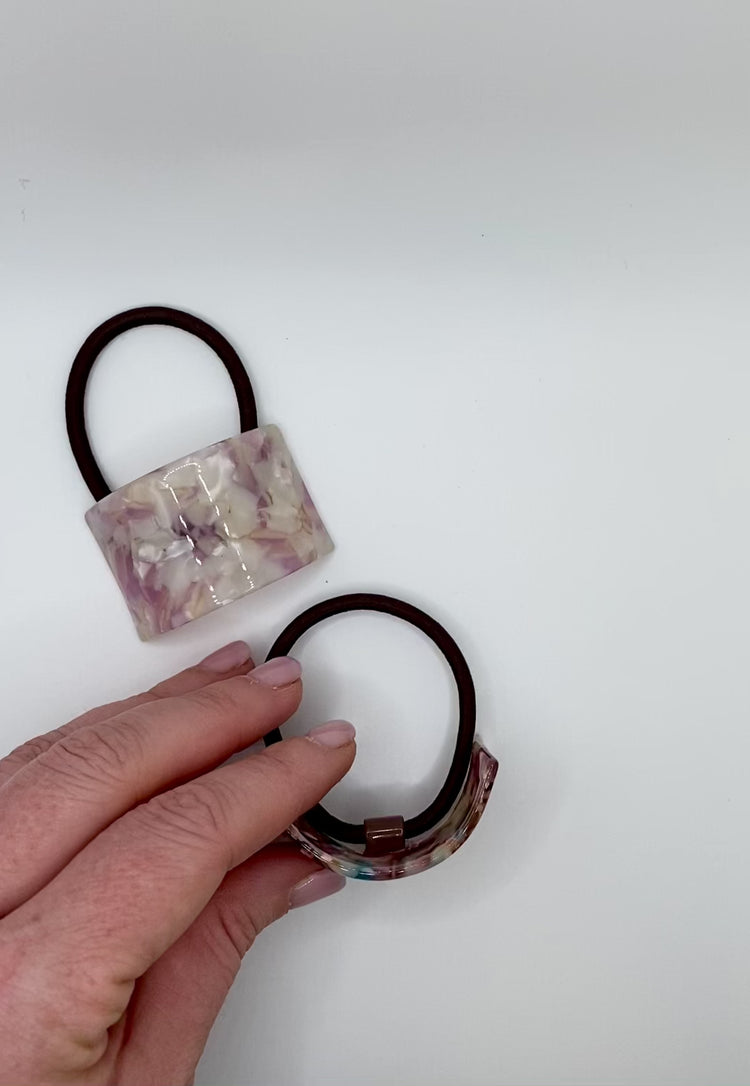
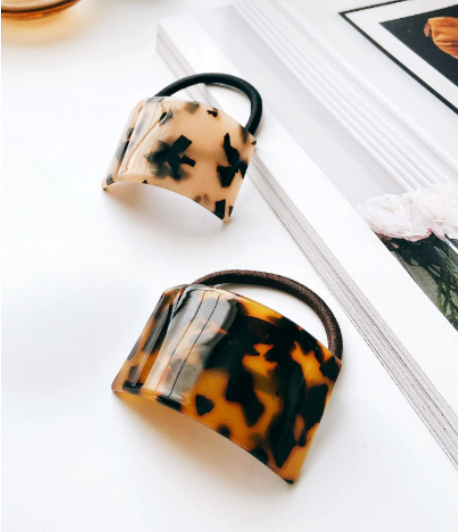
More information
1. About cellulose acetate
Cellulose acetate is an eco-friendly material made from wood pulp and cotton fibres. In addition to being better for the environment, cellulose acetate is flexible, stronger and more durable than traditional plastic.







